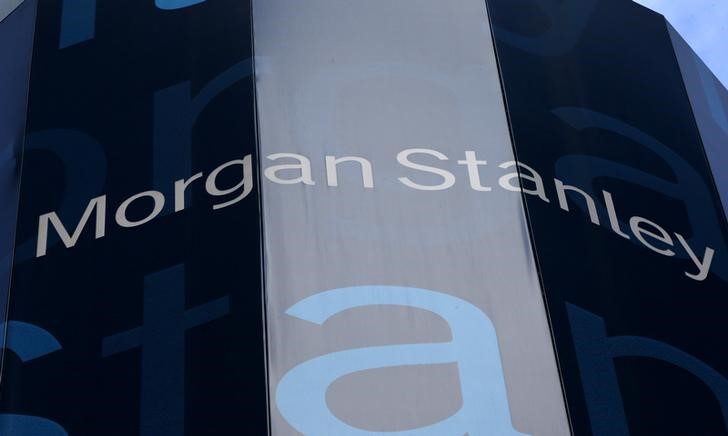Morgan Stanley on NY’s Electric Vehicle Goals: ‘Something Has to Give’
2022.10.07 08:17
[ad_1]

© Reuters. Morgan Stanley on NY’s Electric Vehicle Goals: ‘Something Has to Give’
By Michael Elkins
The state of New York has announced that, similar to California, all new vehicles sold in the state will be battery electric vehicles by 2035. The plan is aimed at reducing greenhouse gas emissions and represents a key step in achieving NY’s target of reducing emissions 85% by 2050. Morgan Stanley, after examining the current state of battery supply chains and EV prices, believes this goal will be difficult to achieve.
As part of the plan, NY is making additional grants and subsidies available to both municipalities and individuals. Now, in addition to the federal tax rebate of $7,500, consumers in NY have access to an extra $2,000 point-of-sale rebate. Furthermore, NY will receive funding from the Department of Transportation to build an interconnected network of reliable chargers.
Morgan Stanley analysts recognize the impact of reducing greenhouse gases. However, they wonder exactly how the plan will come together. Due to complex battery supply chains, OEMs are still struggling to secure either battery cells or the raw materials to manufacture them. Even if a company can find a steady supply, at $8k-10k on average for even smaller cars, batteries are still expensive, meaning EVs remain more costly than internal combustion engines (ICE) before incentives. Lastly, a lack of charging infrastructure, as well as battery range still, present hurdles to consumers.
The analysts wrote in a note, “For penetration rates to increase to this extent, something needs to give way. Either battery chemistry and supply chain substantially improves over a short time period, thus reducing BEV costs and pricing substantially; or NY State will have to increase subsidies to meet more ambitious targets; or, detrimental to OEMs, they sell the EVs at lower ASPs and margins in order to appeal to the mass market” the analysts continued, “Whilst the ideal situation would be a ramp up in battery chemistry and supply chain improvements, at this junction, we remain concerned that lower BEV affordability may get in the way of meeting these BEV targets.”
[ad_2]
Source link








